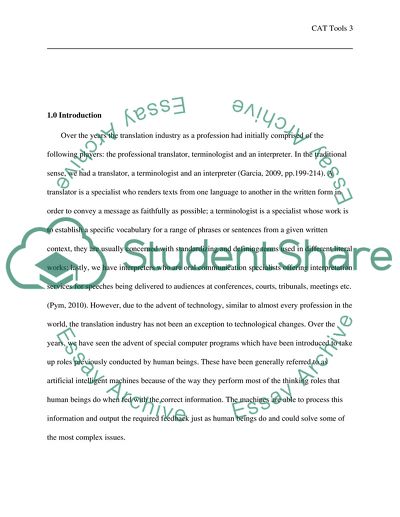Cite this document
(Theoretical/Practical Question on CAT Tools Coursework, n.d.)
Theoretical/Practical Question on CAT Tools Coursework. Retrieved from https://studentshare.org/information-technology/1766865-theoreticalpractical-question-on-cat-tools
Theoretical/Practical Question on CAT Tools Coursework. Retrieved from https://studentshare.org/information-technology/1766865-theoreticalpractical-question-on-cat-tools
(Theoretical/Practical Question on CAT Tools Coursework)
Theoretical/Practical Question on CAT Tools Coursework. https://studentshare.org/information-technology/1766865-theoreticalpractical-question-on-cat-tools.
Theoretical/Practical Question on CAT Tools Coursework. https://studentshare.org/information-technology/1766865-theoreticalpractical-question-on-cat-tools.
“Theoretical/Practical Question on CAT Tools Coursework”, n.d. https://studentshare.org/information-technology/1766865-theoreticalpractical-question-on-cat-tools.


